
China’s worst floods in decades
Heavy rains are putting the Yangtze River at risk of repeating the devastating floods of 1998 which left more than 4,000 people dead and 14 million homeless. The latest natural disaster comes in the wake of the Covid-19 pandemic and an escalating trade war with the US.
The Yangtze River is the longest river in Asia and China’s most important waterway, with some 175 cities located near its banks. As well as being home to a number of multinational companies, the prosperous Yangtze River Basin is a powerhouse of industrial output, generating nearly half of the country’s GDP.
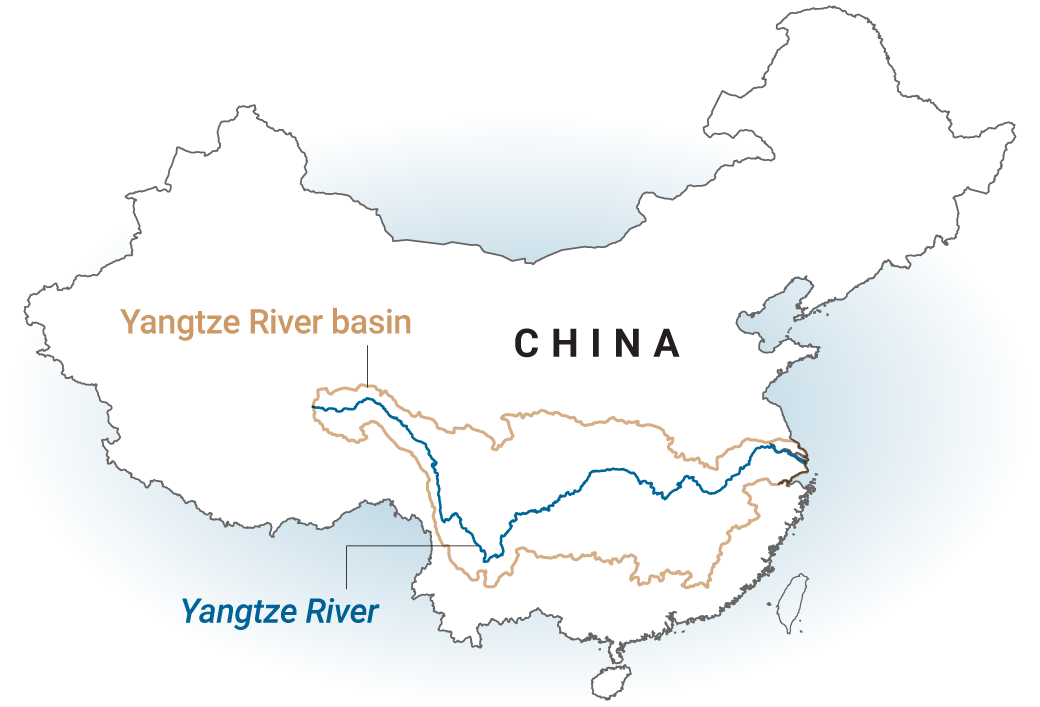


High-risk flood regions
The middle and lower reaches of the river are vulnerable to flooding, spilling over their banks every summer. By contrast, the upper river basin flows through mountainous regions and the steep slope of the riverbed makes it far less prone to floods.
Floods large enough to overflow the dykes have caused several disasters in the past. Discounting famines and pandemics, the 1931 Central China floods are generally considered the deadliest natural disaster of the 20th century. More than 140,000 people drowned with at least 3.7 million dying over the nine months that followed.



Until the Three Gorges Dam project was completed in 2009, provinces along the river mainly relied on reinforced embankments, reservoirs and floodwater storage areas to control flooding.
Less than 20 years after the dam’s completion, China is experiencing its worst floods in decades, raising questions about the dam’s efficacy and whether the massive structure itself is at risk after weeks of devastating floods since June.
On July 2, the Yangtze River experienced its first flood peak of the year. The Changjiang Water Resources Commission reported the water level had reached 146.97 metres with peak inflows of 53,000 cubic metres per second, the same rate as the 1998 floods.

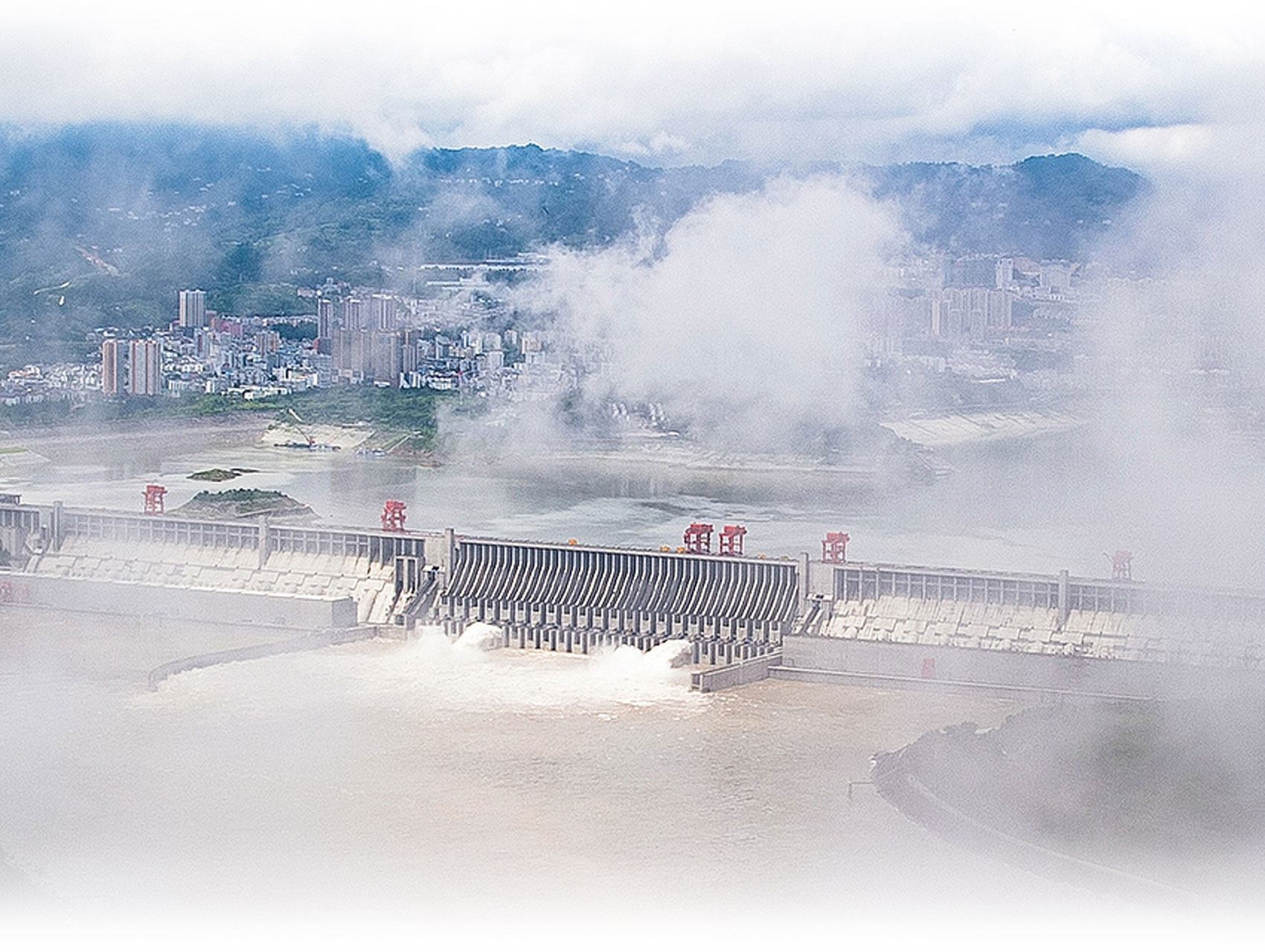

Flooding in 2020
Intense rain and severe flooding has been battering China since early June but, according to the China Meteorological Administration, the country has experienced a 20 per cent increase in heavy rainfall since 1961. Currently, the water level of 433 rivers is above the flood control line, with 33 of them reaching record highs.
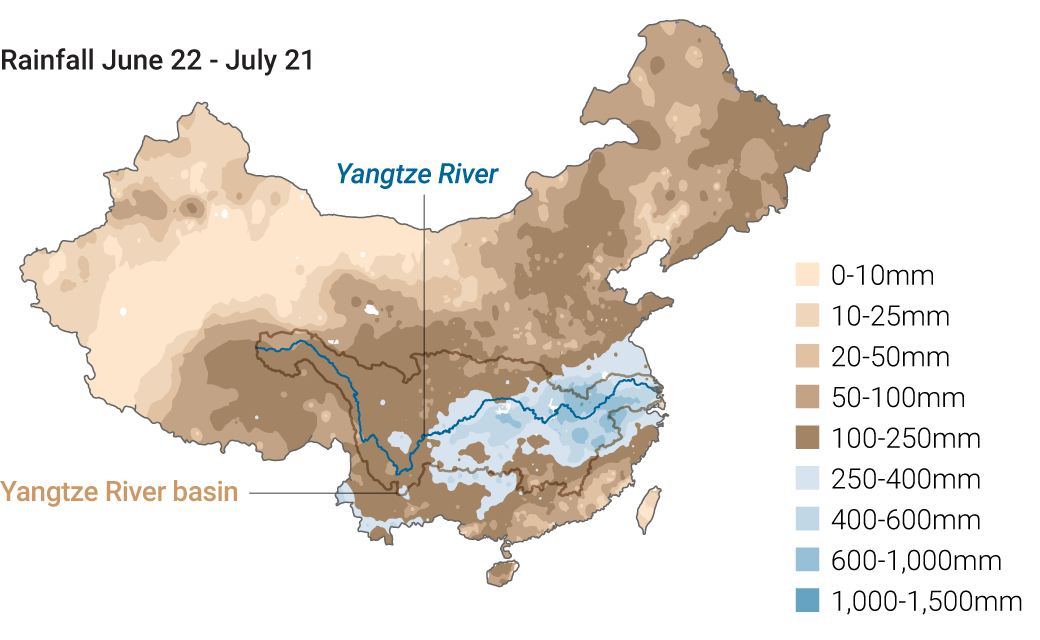

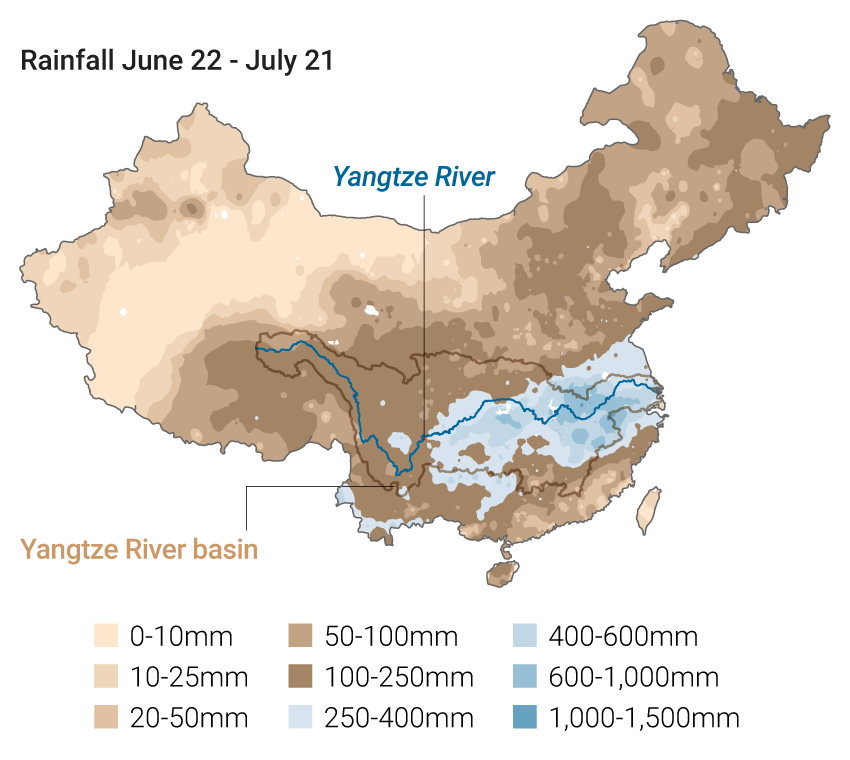
Heavy rains have lashed 27 of the country’s 31 provinces, affecting more than 37 million people and leaving 141 dead or missing, the Ministry of Emergency Management said on Monday. Economic losses are estimated at 86 billion yuan (US$12.3 billion) so far.
Poyang Lake hits record-high water level
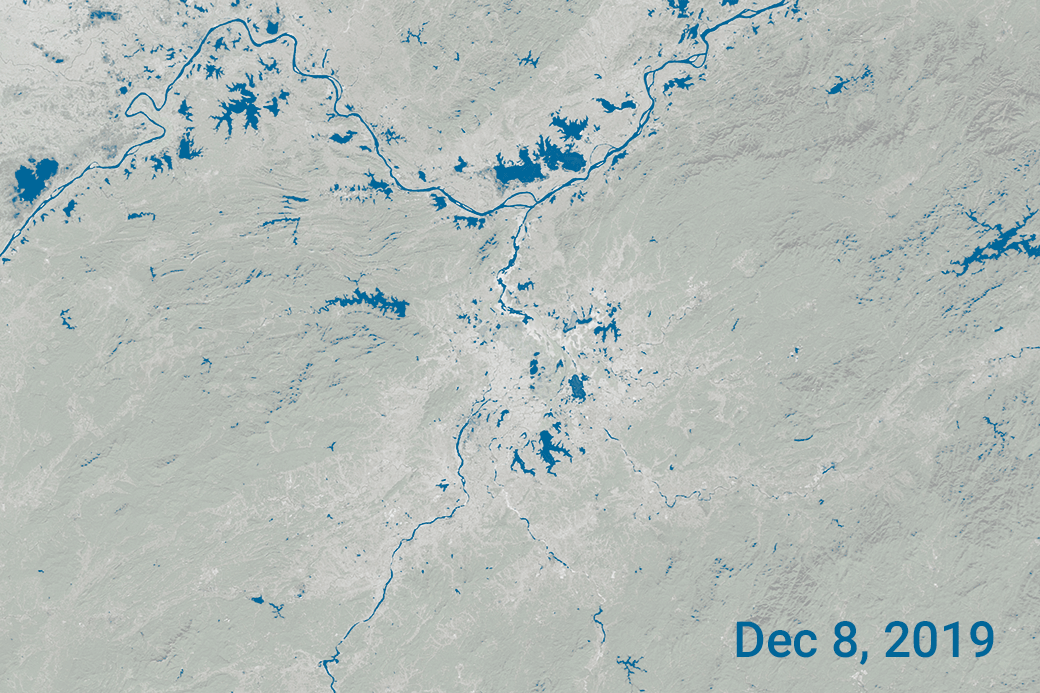


Poyang Lake, China’s largest freshwater lake located in the eastern province of Jiangxi, saw its water level rise to 22.6 metres by July 13 – its highest level on record – surpassing its previous record of 22.52 metres in 1998. The Nasa satellite images above show its recent extremes of low and high levels. The lake usually shrinks considerably in winter.


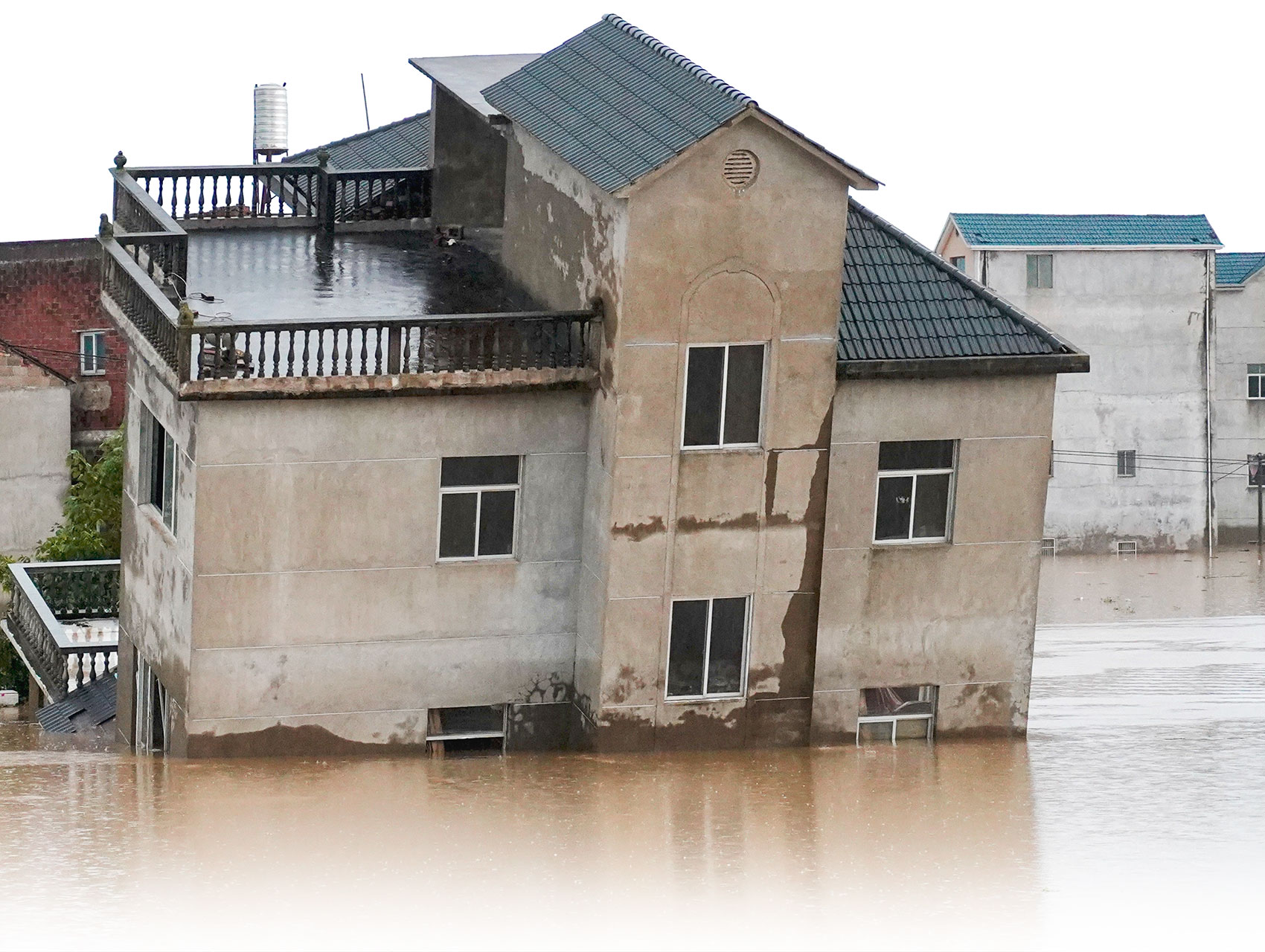
Flood damage since 1990
Flooding in central and eastern China regularly causes destruction of property and loss of life.



The plum rain
The chief forecaster at the National Climate Center (NCC), attributed the intense rainfall this year to the Eastern Asia rainy season, or “meiyu” (literally plum rain) as it is known in China. It started a week earlier than previous years with higher than usual intensity.
The plum rain, which usually starts in June and can last until August, is the result of a weather front that forms as moist air from the Pacific Ocean meets the cooler continental air mass.
The front moves back and forth depending on the strength of cool and warm air masses, causing prolonged precipitation that results in the Yangtze breaking its banks. It ends when the warm air mass is strong enough to push the front north and away.
Why is it called plum rain? The combination of high humidity, heat and rain might turn your clothes, homes and food mouldy but it provides the perfect weather for a prosperous plum harvest. People also call the plum rain season “the mouldy rain season” because the Chinese words for mould and plum sound the same.
Creative Director Darren Long
Additional research by Echo Xie
Illustration by Marcelo Duhalde
Photos: SCMP/Tom Wang, Xinhua News Agency
Sources: Department of Water Hazard Research, China Institute of Water Resources and Hydropower Research, China Highlights, China Meteorological Administration, Ministry of Water Resources, NASA